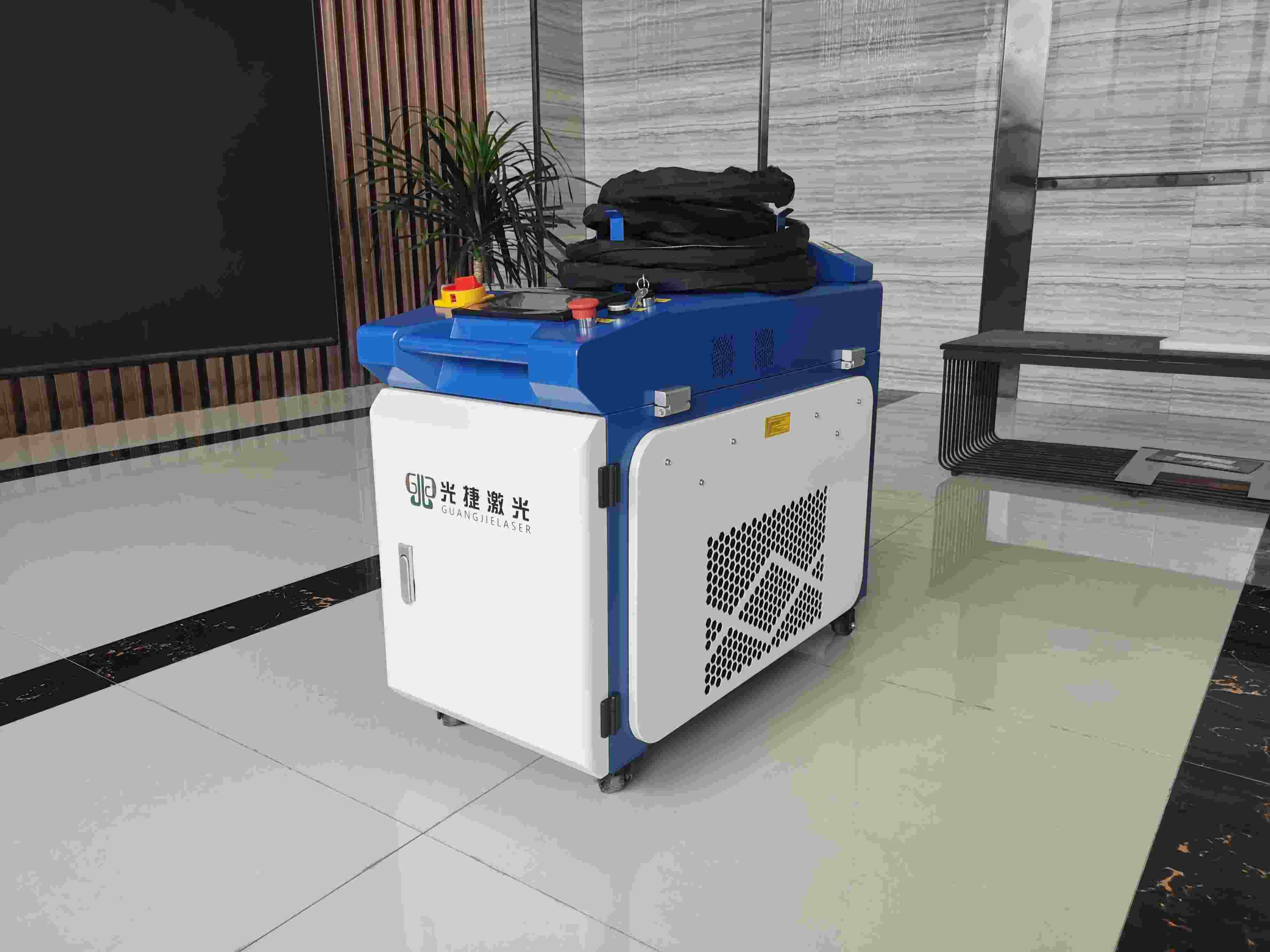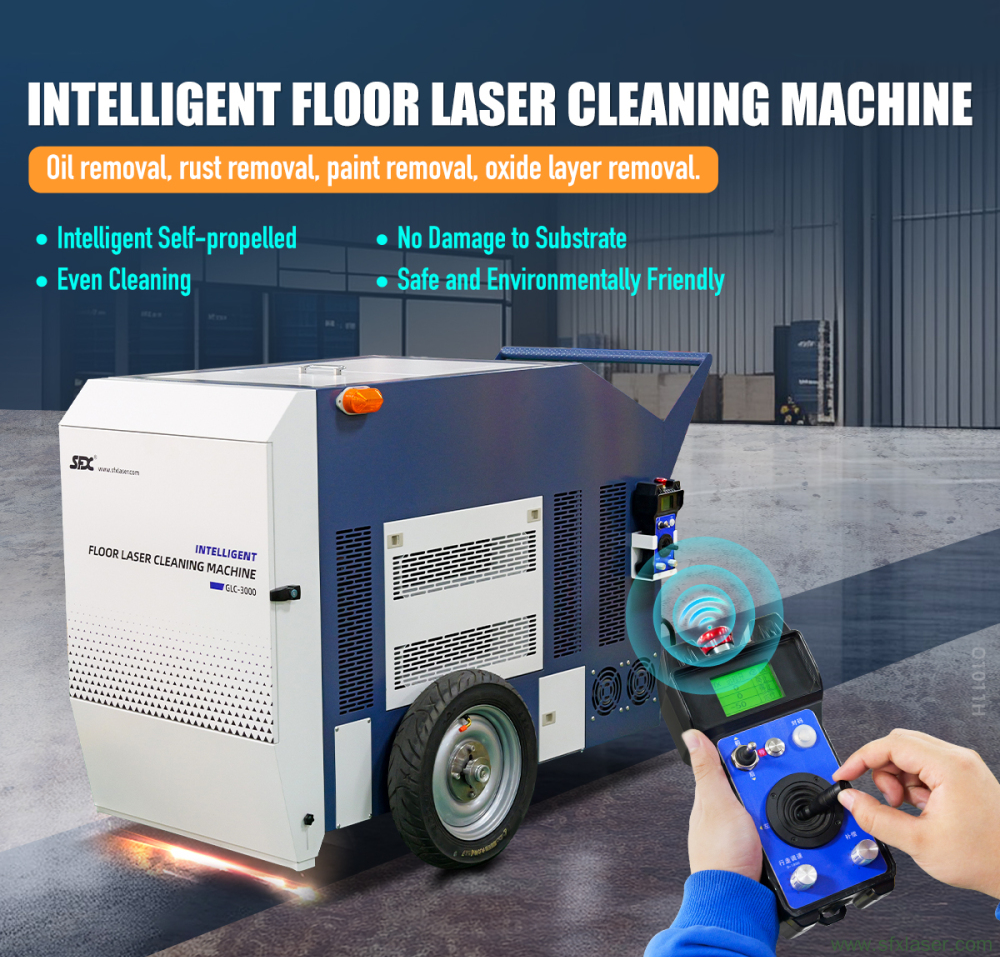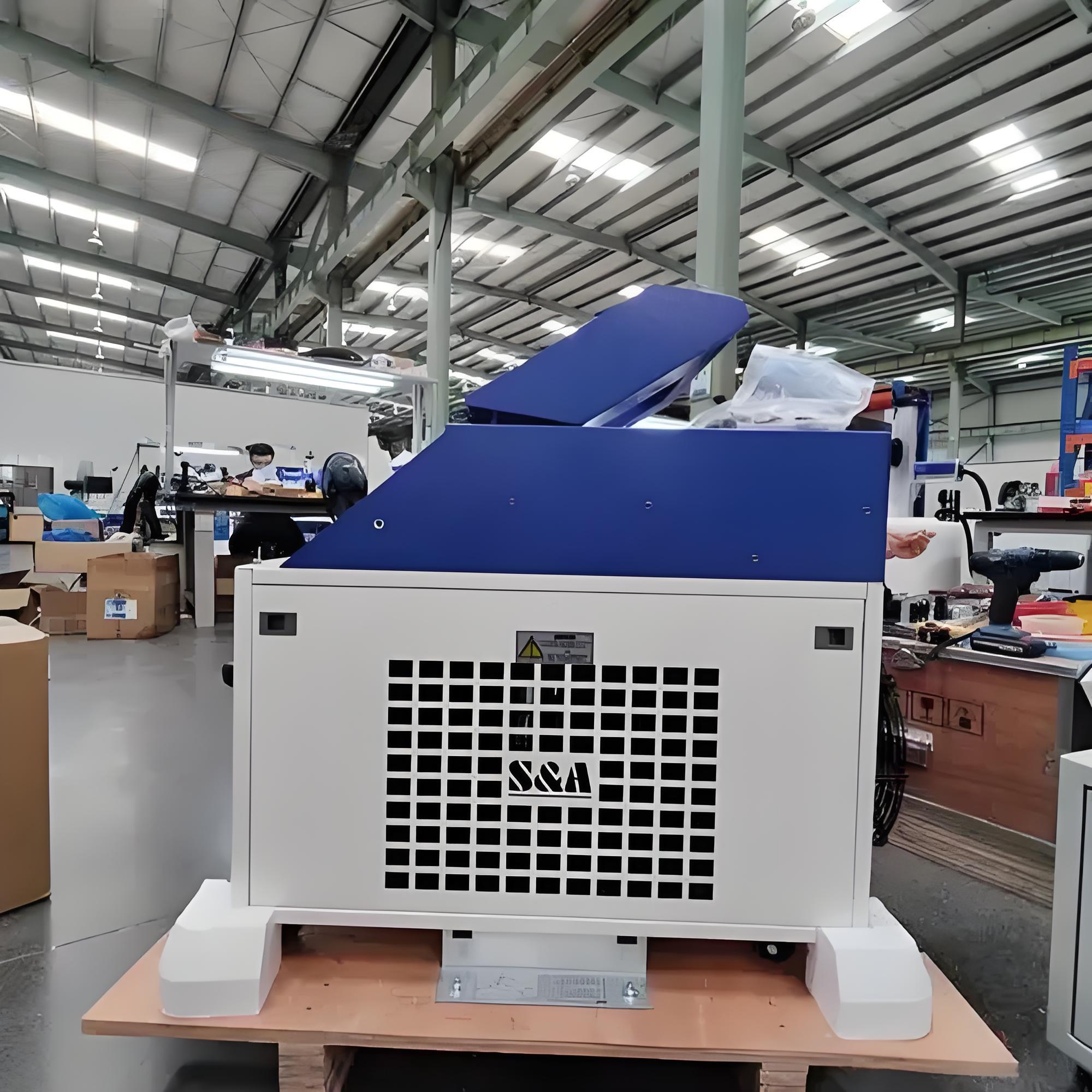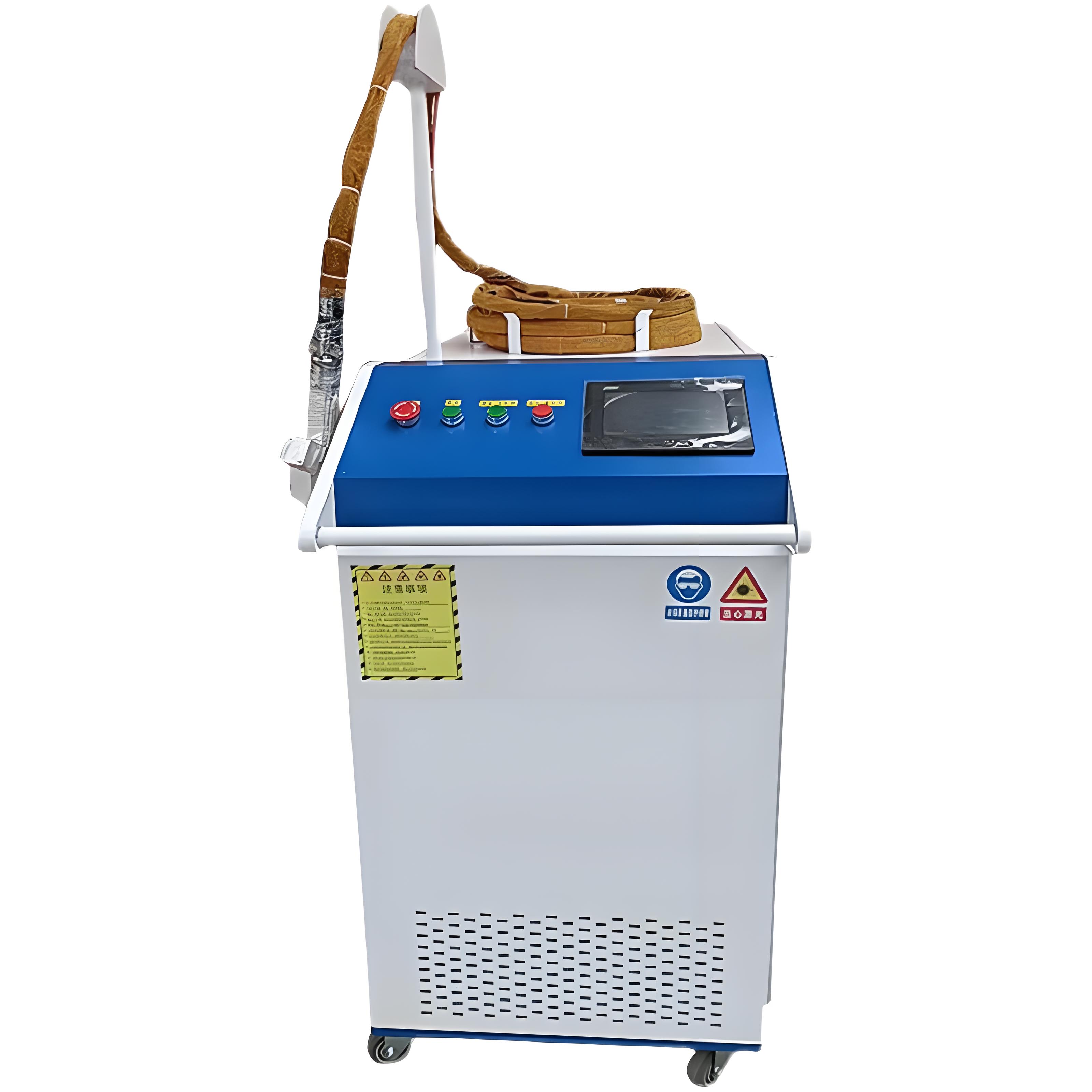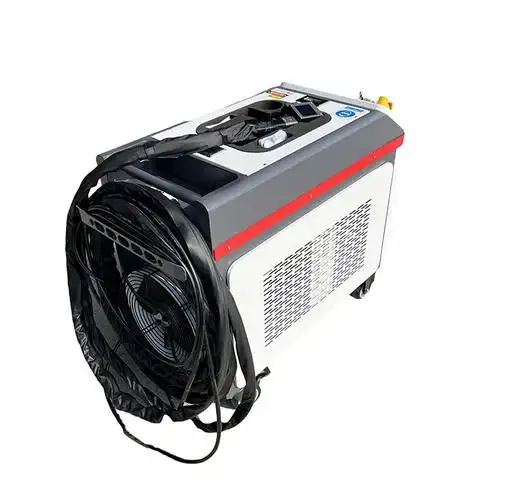Having worked in industrial surface cleaning for over a decade, I’ve had the chance to test and recommend a range of cutting-edge technologies for clients in manufacturing, automotive, and restoration. Two tools that often spark curiosity are laser rust removal machines and plasma cleaning machines. Both are powerful for cleaning metal surfaces, but I frequently get asked: What’s the difference between them, and which is better for specific tasks? To answer this, I’ll share my insights from hands-on experience, breaking down how these machines work, their applications, strengths, and limitations. Whether you’re restoring vintage machinery or preparing surfaces for coating, my goal is to help you understand which tool suits your needs and how to use it effectively.
Understanding the Technologies: A Quick Overview
Before comparing the two, let’s clarify what each machine does. Both are designed to remove contaminants like rust, oxides, grease, or coatings from surfaces, but they use fundamentally different methods.
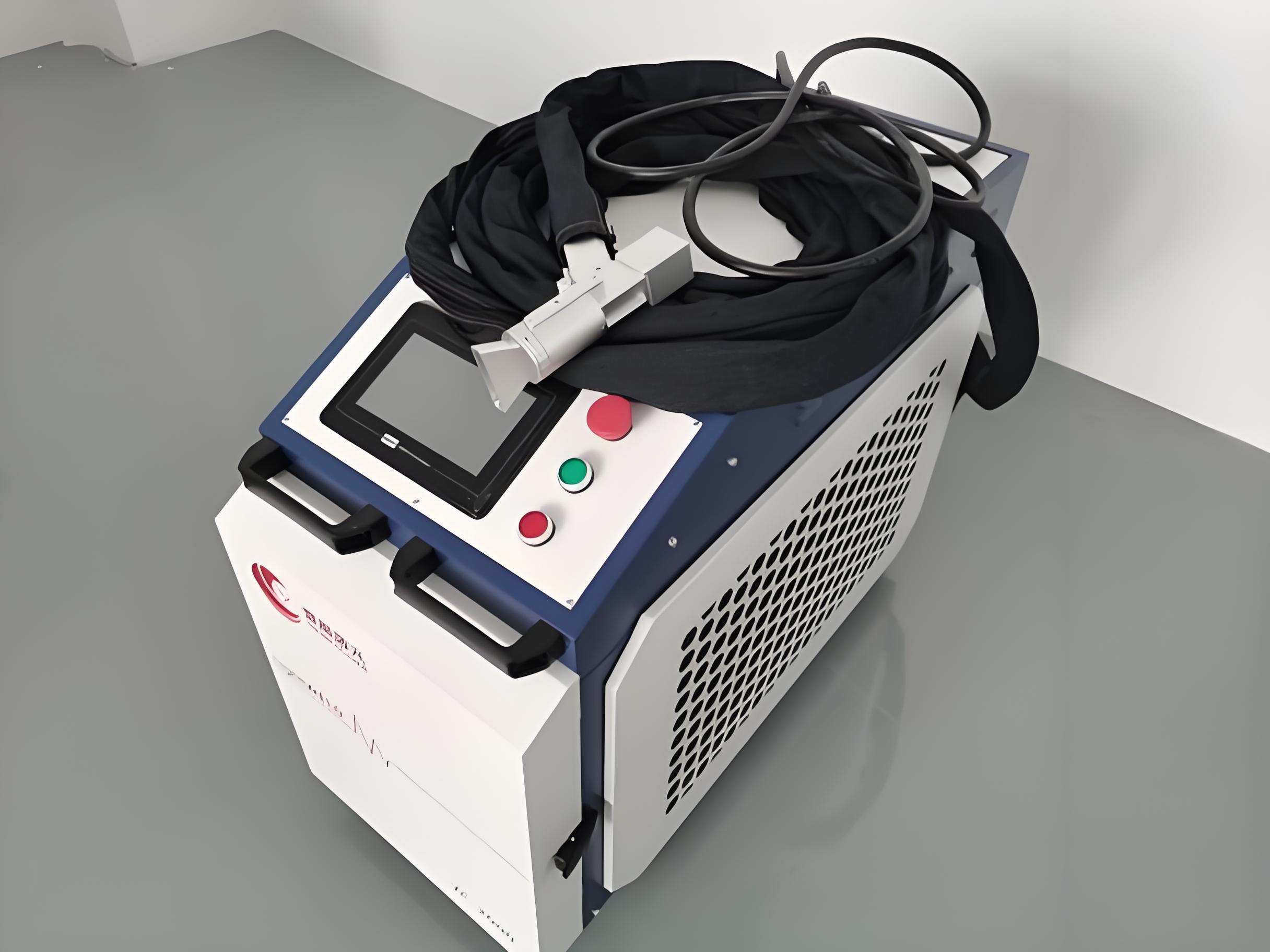
Laser Rust Removal Machine
A laser rust removal machine uses a high-intensity laser beam to ablate (vaporize or dislodge) contaminants from a surface, typically metal. The laser’s energy targets the contaminant’s absorption properties, heating it until it breaks down or detaches, leaving the base material intact. I first saw this in action at a shipyard where we cleaned rusted steel hulls in hours, a job that would’ve taken days with sandblasting.
Plasma Cleaning Machine
A plasma cleaning machine generates a plasma—a highly energized gas containing ions and electrons—to clean surfaces. The plasma reacts with contaminants, breaking them down into volatile compounds that are removed via a vacuum or gas flow. I’ve used plasma cleaners in electronics manufacturing to remove microscopic residues from circuit boards, ensuring flawless bonding for coatings.
While both machines excel at cleaning, their differences in technology, applications, and practicality make them suited for distinct scenarios. Let’s dive into a detailed comparison across key factors.
Key Differences Between Laser Rust Removal and Plasma Cleaning
To help you decide which machine is right for your project, I’ll compare them based on working principle, applications, material compatibility, efficiency, cost, and ease of use. Here’s what I’ve learned from working with both technologies.
1. Working Principle
Laser Rust Removal: The laser delivers focused energy in pulses or continuous waves, heating contaminants like rust, paint, or oxides until they vaporize or flake off. It’s a non-contact process, meaning no physical abrasion occurs. The laser’s precision allows it to target specific layers without damaging the underlying material. I’ve seen it strip rust from steel beams while preserving the metal’s surface integrity.
Plasma Cleaning: Plasma cleaners create a low-pressure or atmospheric plasma using gases like argon or oxygen. The plasma’s reactive species break down organic and inorganic contaminants into gases that are removed. It’s also non-contact but relies on chemical reactions rather than heat. I’ve used plasma cleaners to remove organic residues from delicate electronics, where heat could cause damage.
My Take: Lasers are better for heavy, visible contaminants like rust, while plasma excels at microscopic or organic residues.
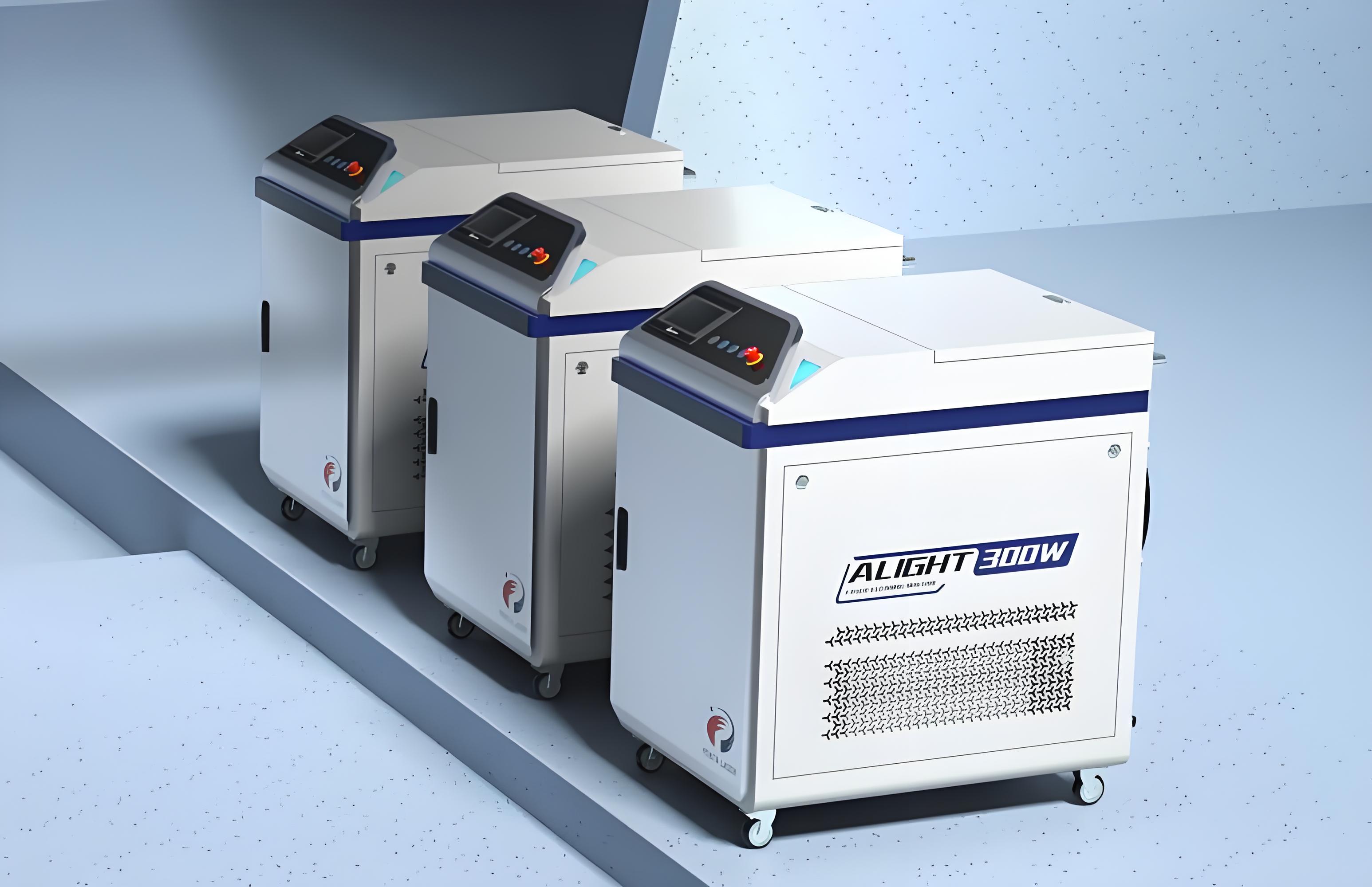
2. Applications
Laser Rust Removal:
Rust and Oxide Removal: Ideal for removing iron oxide (rust), aluminum oxide, or copper oxide from metal surfaces.
Paint and Coating Removal: Strips old paint or coatings without chemicals, perfect for restoration projects.
Industrial Maintenance: Used in automotive, aerospace, and shipbuilding for cleaning large metal parts.
Historical Restoration: Cleans delicate artifacts without abrasion, like restoring antique metalwork.
I once used a laser to clean a rusted vintage car chassis, achieving a polished finish ready for painting in half a day.
Plasma Cleaning:
Electronics Manufacturing: Removes microscopic residues from circuit boards or semiconductor wafers before bonding or coating.
Medical Devices: Cleans implants or surgical tools to ensure biocompatibility.
Surface Activation: Prepares surfaces for adhesion by altering their chemical properties, like improving bonding for adhesives.
Precision Cleaning: Removes organic contaminants (e.g., oils, fingerprints) from delicate materials.
In a project for an electronics manufacturer, plasma cleaning ensured circuit boards were free of flux residues, improving soldering quality.
My Take: Lasers are suited for heavy-duty, large-scale cleaning, while plasma cleaners are best for precision cleaning in controlled environments.
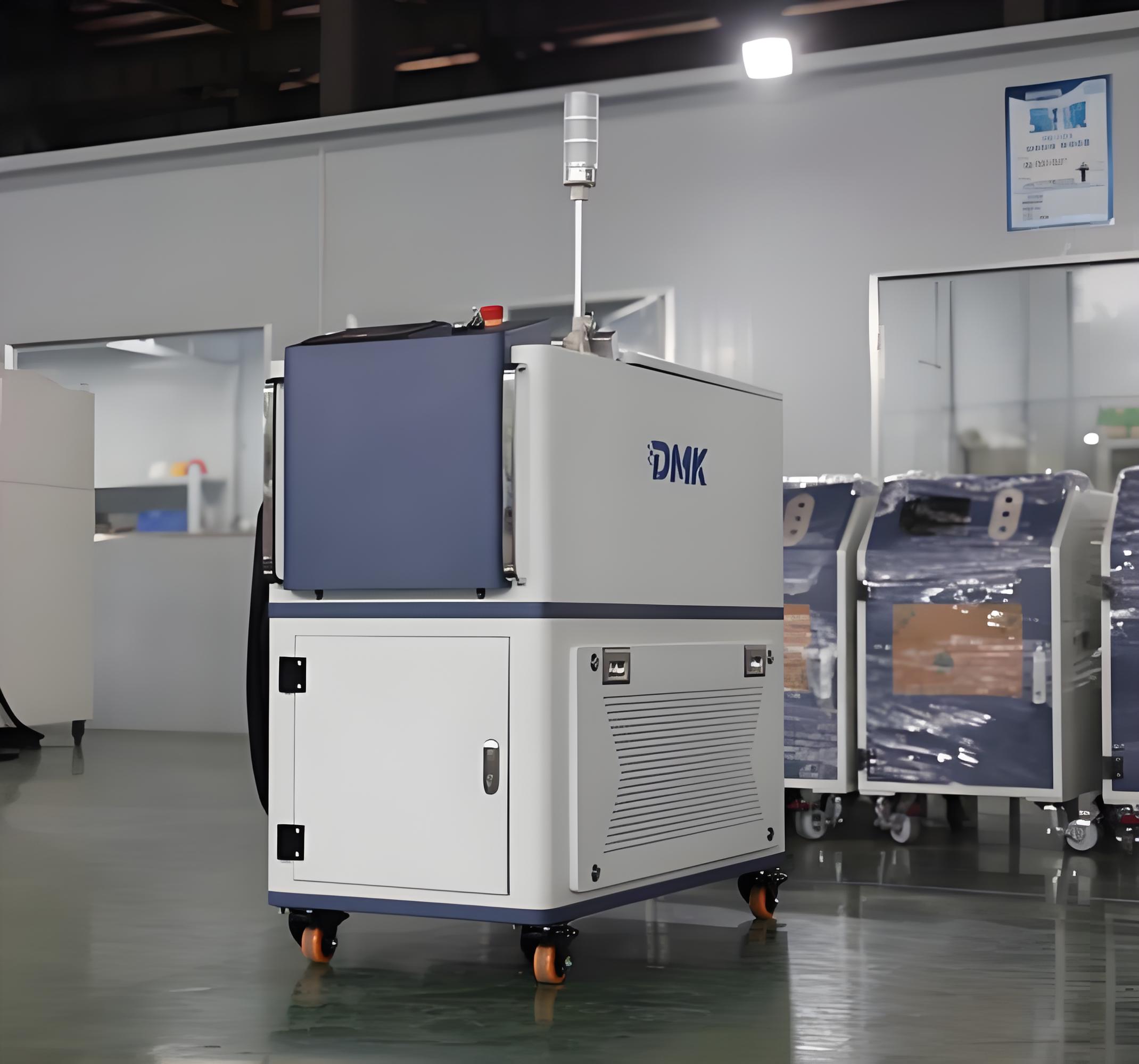
3. Material Compatibility
Laser Rust Removal: Works well on metals like steel, aluminum, copper, and brass. It’s effective on hard surfaces but can damage delicate or heat-sensitive materials if settings aren’t adjusted carefully. I learned this when I accidentally caused pitting on a thin aluminum sheet by using too high a power setting.
Plasma Cleaning: Compatible with a wider range of materials, including metals, plastics, glass, and ceramics. Its low-temperature process makes it ideal for heat-sensitive substrates like polymers or thin films. I’ve used plasma to clean plastic medical components without warping them.
My Take: Lasers are best for robust metals, while plasma is more versatile for delicate or non-metal surfaces.
4. Efficiency and Speed
Laser Rust Removal: Fast for large areas with visible contaminants. A 500W laser can clean a square meter of rusted steel in minutes. However, thick oxides or multiple layers may require several passes, slowing the process. I’ve found lasers to be a game-changer for large-scale projects like cleaning industrial machinery.
Plasma Cleaning: Slower for large areas, as it’s typically done in a vacuum chamber for low-pressure systems, limiting the size of parts. Atmospheric plasma systems are faster but less effective for heavy contaminants. I’ve seen plasma cleaning take hours for large batches of small components.
My Take: Lasers win for speed on large, heavily contaminated surfaces, while plasma is better for small, precise tasks.
5. Cost
Laser Rust Removal: High upfront cost, with machines ranging from $5,000 to $50,000+ depending on power (50W to 2000W). Operating costs are low, as they use only electricity and require minimal maintenance (e.g., occasional lens cleaning). For a small restoration shop, I rented a 200W laser for $500/week, which was cost-effective for a one-off project.
Plasma Cleaning: Also expensive, with systems costing $10,000 to $100,000+, especially for low-pressure vacuum setups. Operating costs include gases (e.g., argon, oxygen) and vacuum pump maintenance. Atmospheric plasma systems are cheaper but less versatile. I’ve seen small businesses opt for contract plasma cleaning services to avoid the investment.
My Take: Lasers are more cost-effective for frequent, large-scale use, while plasma may require outsourcing for smaller operations.
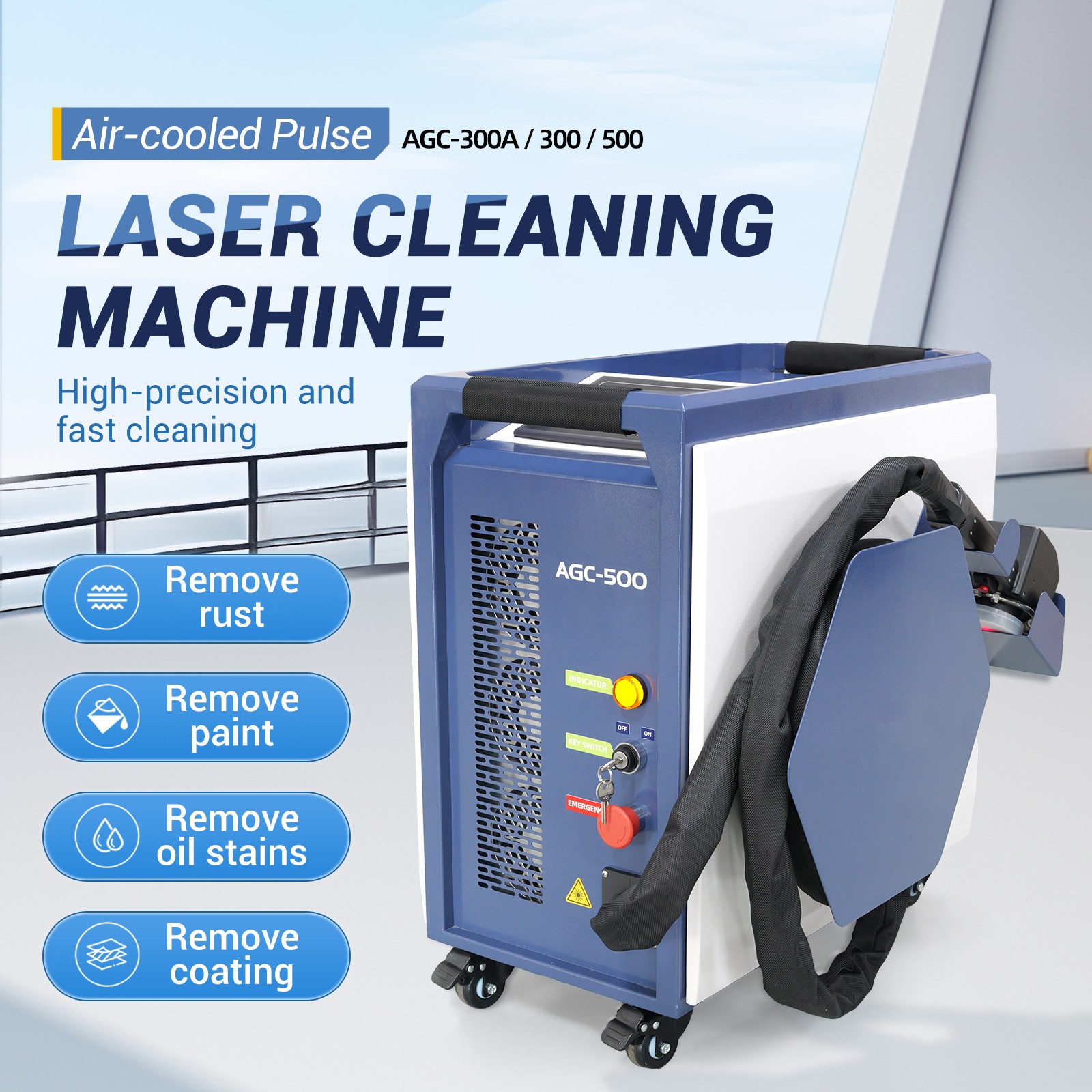
6. Ease of Use
Laser Rust Removal: Relatively user-friendly, with handheld or automated systems. Operators need training to adjust power, pulse frequency, and scan speed, but the learning curve is moderate. I trained a team to use a laser cleaner in a day, though mastering settings took practice.
Plasma Cleaning: More complex, especially for low-pressure systems requiring vacuum chambers and gas management. Atmospheric plasma is simpler but less common. I’ve found plasma systems require more technical expertise, particularly for fine-tuning gas mixtures.
My Take: Lasers are easier for beginners, while plasma cleaning demands more technical knowledge.
| Aspect | Laser Rust Removal | Plasma Cleaning | Best For |
|---|---|---|---|
| Working Principle | Laser ablation via heat | Plasma chemical reaction | Lasers for rust, plasma for residues |
| Applications | Rust, paint, oxide removal | Electronics, medical devices | Lasers for heavy-duty, plasma for precision |
| Material Compatibility | Metals, some coatings | Metals, plastics, glass | Plasma for delicate materials |
| Efficiency | Fast for large areas | Slower, precise for small parts | Lasers for speed, plasma for detail |
Practical Considerations: Choosing the Right Machine
When deciding between a laser rust removal machine and a plasma cleaning machine, consider your specific needs:
Scale of Cleaning: For large metal parts with rust or paint, lasers are faster and more practical. I used a laser to clean a rusted steel bridge component in hours, a job plasma couldn’t handle efficiently.
Precision Requirements: For micro-level cleaning or delicate materials, plasma is superior. I’ve seen plasma cleaners excel in preparing semiconductor wafers for coating.
Budget: Lasers are generally more affordable for small to medium businesses, while plasma systems may require outsourcing or higher investment.
Environment: Lasers work in open environments, while low-pressure plasma requires a controlled vacuum chamber, limiting portability.
Safety and Maintenance
Both machines require careful handling and maintenance:
Laser Rust Removal:
Safety: Wear protective eyewear and ensure proper ventilation to handle fumes from vaporized contaminants. I always set up barriers to protect nearby workers from stray laser beams.
Maintenance: Clean the laser lens regularly to maintain beam quality. Check cooling systems to prevent overheating.
Plasma Cleaning:
Safety: Handle gases safely and ensure proper ventilation for atmospheric systems. Low-pressure systems require vacuum safety protocols.
Maintenance: Monitor gas purity, replace vacuum pump oil, and clean electrodes to maintain performance.
My Tip: Invest in operator training for both systems to ensure safety and efficiency.
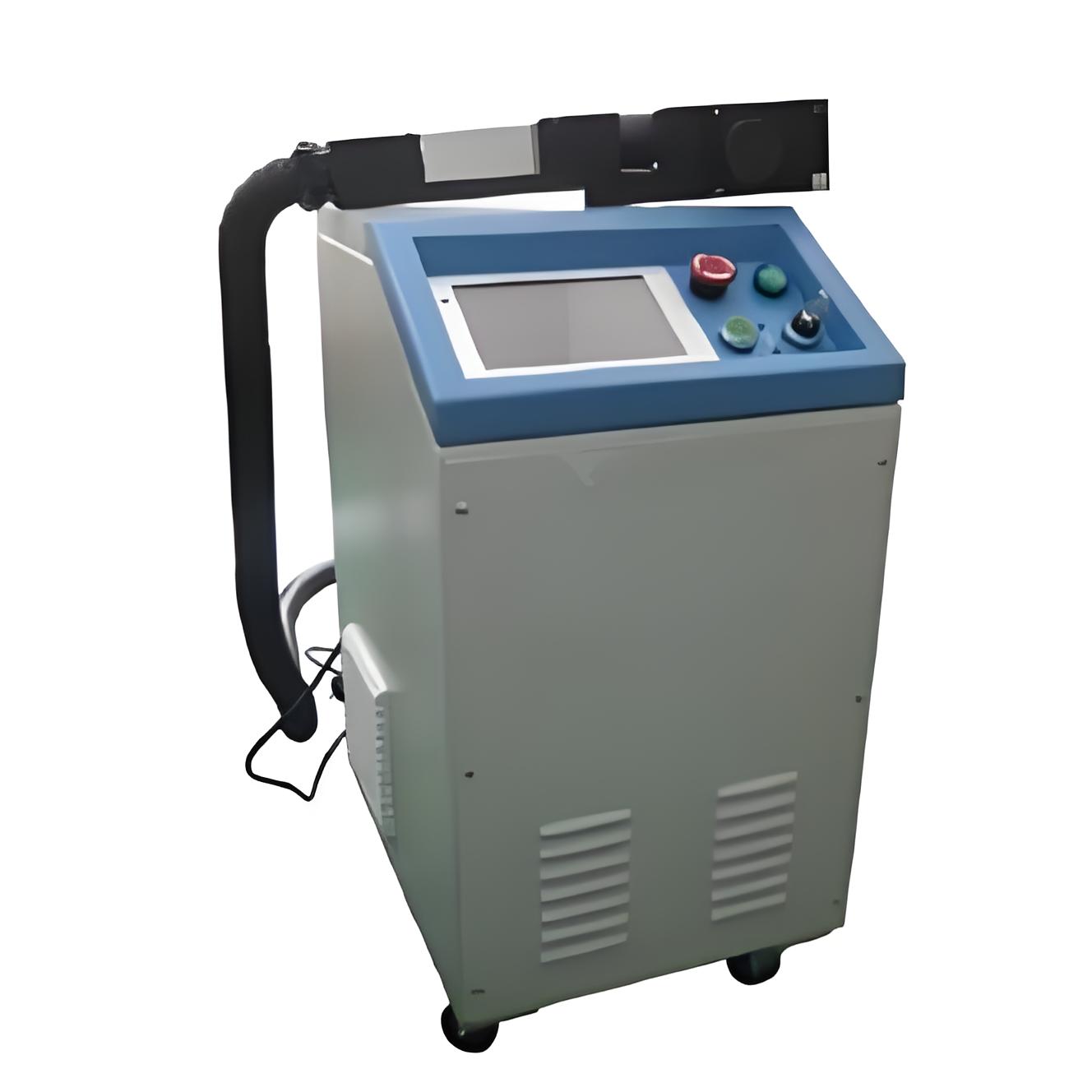
My Experience: Lessons from the Field
One of my favorite projects was using a 500W laser rust removal machine to clean a rusted steel sculpture for a museum restoration. The laser stripped away decades of rust in a day, preserving the intricate details without abrasive damage. In contrast, I worked with an electronics manufacturer where plasma cleaning was critical for removing organic residues from circuit boards, ensuring flawless soldering. Both technologies impressed me, but their applications were worlds apart—lasers for heavy-duty, visible cleaning, and plasma for microscopic precision.
Choosing between a laser rust removal machine and a plasma cleaning machine boils down to your project’s needs. Lasers are your go-to for rust and large-scale metal cleaning, while plasma excels in precision tasks for electronics or delicate materials. Hopefully, my insights help you pick the right tool and use it effectively. If you’re weighing options or facing a specific cleaning challenge, share it in the comments—I’d love to offer tailored advice from my years in the industry!
Frequently Asked Questions
Q1: Can a laser rust removal machine do the same job as a plasma cleaning machine?
A: Not entirely. Lasers are better for removing visible rust, paint, or oxides on metals, while plasma cleaners excel at microscopic residues or organic contaminants on delicate surfaces like electronics or plastics.
Q2: Which is more cost-effective for small businesses?
A: Laser rust removal machines are often more cost-effective for small businesses due to lower operating costs and versatility for metal cleaning. Plasma cleaning may require outsourcing for small-scale operations.
Q3: Do both machines require special training?
A: Yes. Lasers need training for adjusting settings and safety protocols, while plasma cleaners require more technical expertise, especially for low-pressure systems with gas and vacuum management.
Q4: Are these machines safe for all materials?
A: Lasers work best on metals but can damage heat-sensitive materials if not adjusted properly. Plasma cleaners are safer for delicate materials like plastics or glass but less effective for heavy rust.

